A Cartographer's Lament: The Taj Mahal Story
Table of contents:
This article is about the vandalism on map
License: This article is licensed under the Creative Commons Attribution-ShareAlike 4.0 International (CC BY-SA 4.0) license.
Preface
“A map says to you, read me carefully, follow me closely, doubt me not… I am the earth in the palm of your hand” said Aviator Beryl Markham, the first person to fly non-stop across the Atlantic from Britain to North America. I am sure that 90% of you reading this will disagree; to become trustworthy, maps should have authenticity, which by default needs to be certified by governmental agencies such as Survey of India or equivalent. However, it’s not practical to have every map certified by these agencies as they don’t produce every thematic map necessary for the citizen. Furthermore, the process of reviews and updates from these agencies are quite often very slow.
Maps are a direct two-dimensional conversion of the real world. In this sense, they can be considered a living entity, with data getting updated every minute according to changes in reality. Today, technology has grown to such an extent that every person has available to them any map of any desired place on the palm of their hand through digital web map services, which are as a rule much faster in updation. These ‘slippy maps’ as they are called in smartphones and computers have overthrown physical maps and more importantly enabled the common man to use, edit and contribute to them. Positioning and navigation systems, regular updation, interactive functionality and ease of usage have helped them attain this popularity.
Thirty years ago in 1993, Xerox brought out the first map server and in 1994, the National Atlas of Canada released the first online Map (Atlas). In 1996, two online routing services based on maps were launched - Mapquest (in the US) and Multimap (in the UK). In the following years, various technologies were established in many parts of the world. In 2004, encouraged by the success of Wikipedia, Steve Coast founded OpenStreetMap which revolutionised the concept of mapping with the idea of crowdsourcing data. Steve Coast’s vision was to create the world’s most up-to-date, complete and universal map - Oh yes, for Free! The year 2005 was a golden year for mapping technology. Google launched Google Maps and Google Earth to create a complete, virtual earth. Same year Baidu Maps and MapGuide open source were introduced. The first version of the open source library Open Layers was also released in the same year. In 2006, WikiMapia was launched. Nokia laid the foundation of maps for smartphones with the launch of Ovi maps. Apple then came up with Apple maps with a novel, vector tile-based application called Apple Maps..
Wondering why the crash course in the history of mapping technology? It gets better, but let’s give those who got us here their due. Just like a nation, or a firm, or any resource driven entity of consequence is not built in a day, neither is technology and data. There are struggles, pain, brains and sweat of a long list of people who worked tirelessly to build it all up. This article is intended as a wake up call for those who reject history and vandalise the results of years of effort with fake mirages and deny future generations the authenticity of reality.
The Taj Mahal Vandalism
In one of our regular mapping related talks, the ever diligent Jaisen suddenly pointed out that the Taj Mahal had been renamed as ‘Shiv Mandir’ in OpenStreetMap. I cannot lie, I was a bit disconcerted, and on cross-checking identified that the change was made just 13 days back. The spammer had just two edits to his name - the first was accurate, which made it that the second was not a mistake.

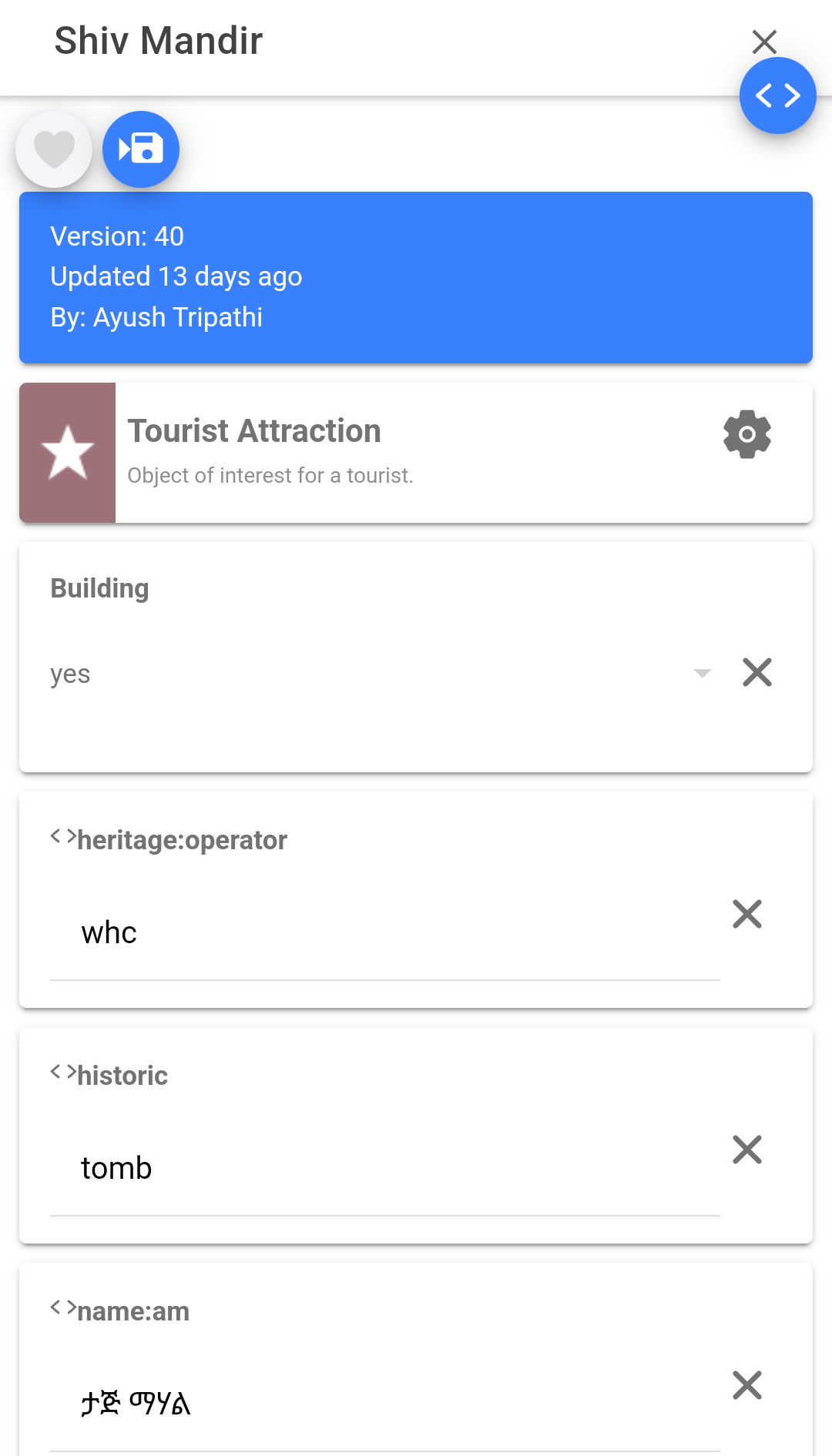
I agree, this incident demonstrates a major flaw in the crowdsourced OSM, but before you reject the whole concept, bear with me a while more and listen to the flip side of the story.
I was curious as to whether the same vandalism has happened in Google Maps as well - opened and zoomed in to the Taj without delay - and there it was. Here is the fake tag near the Taj:
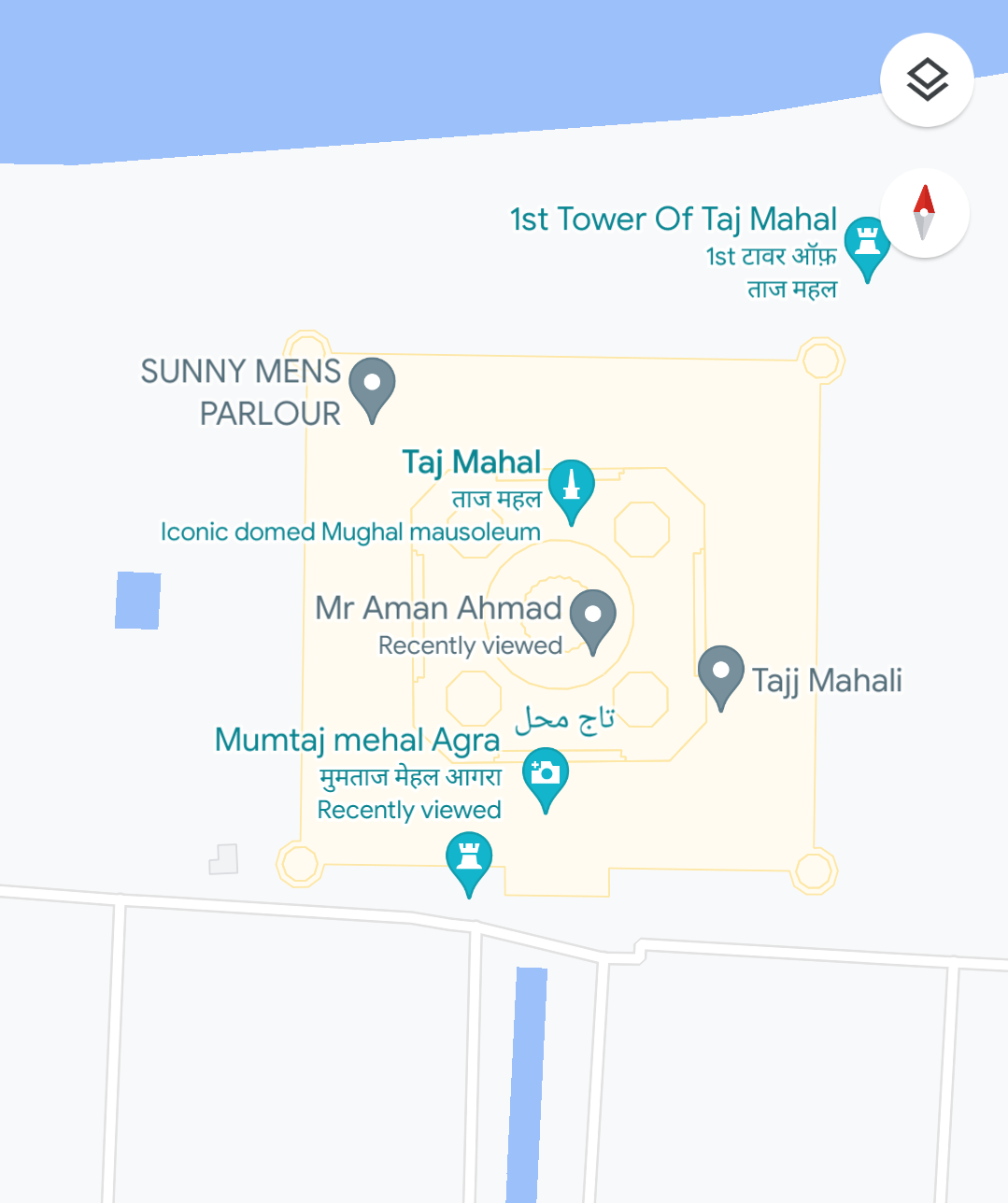
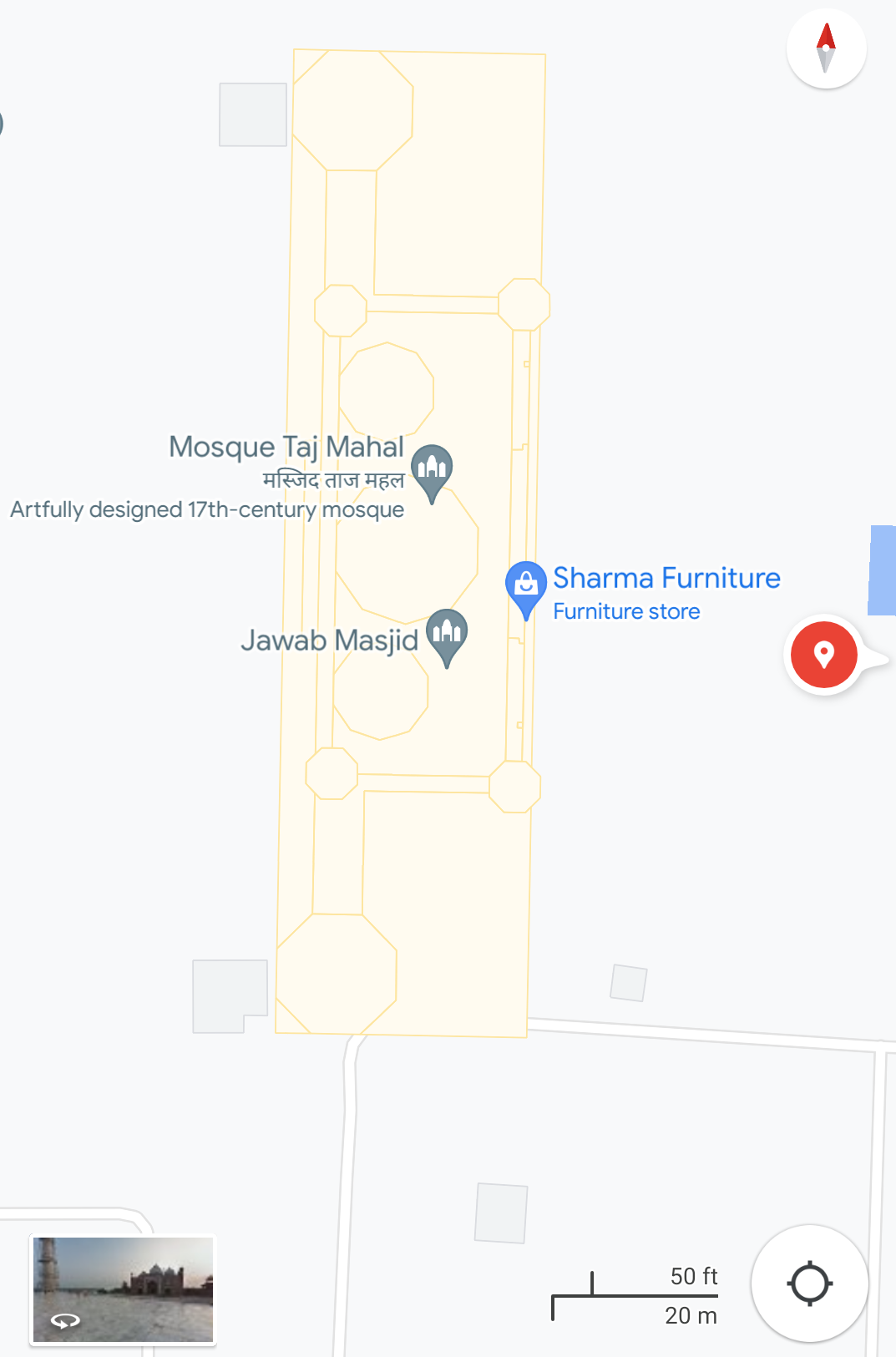
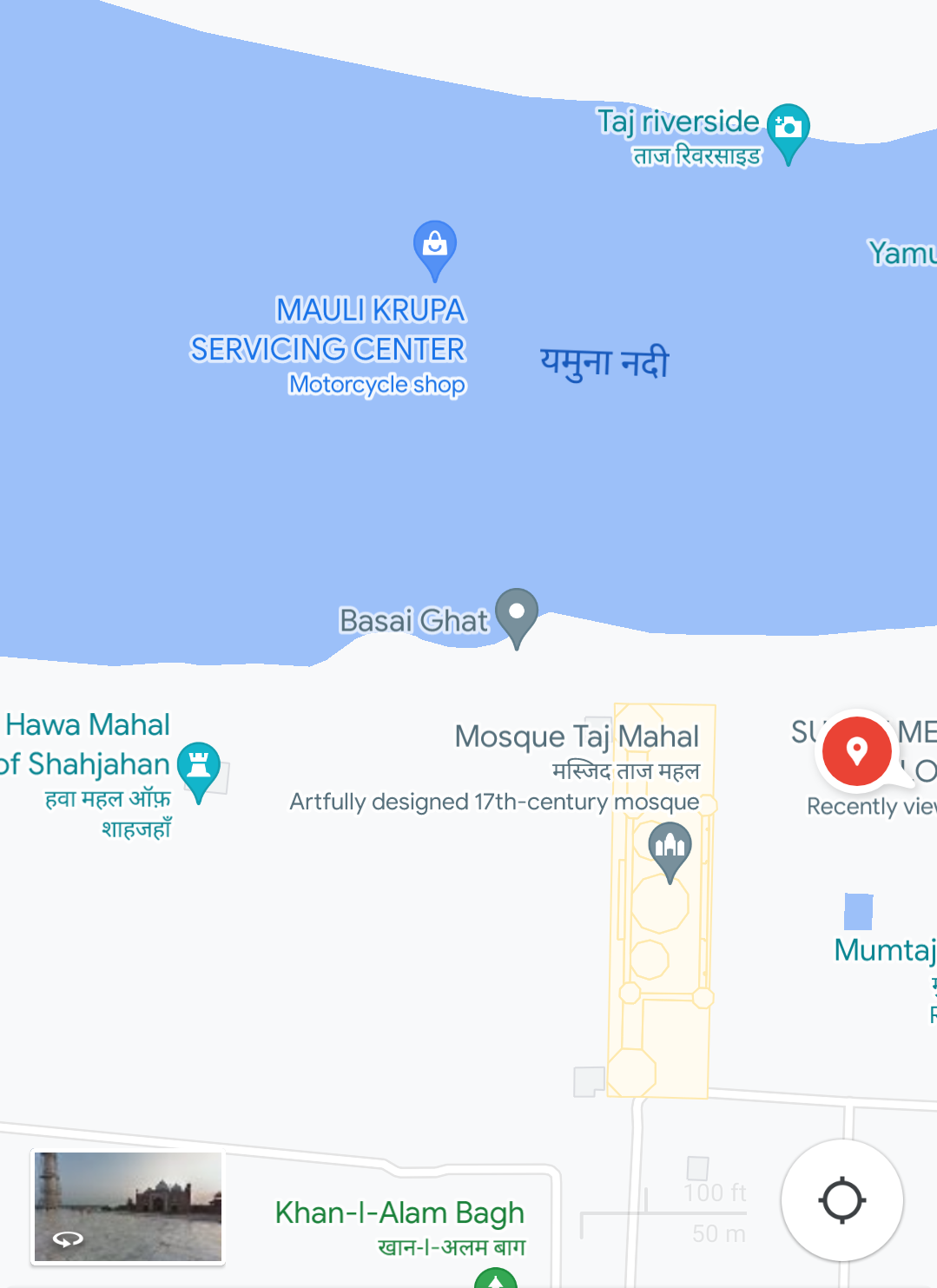
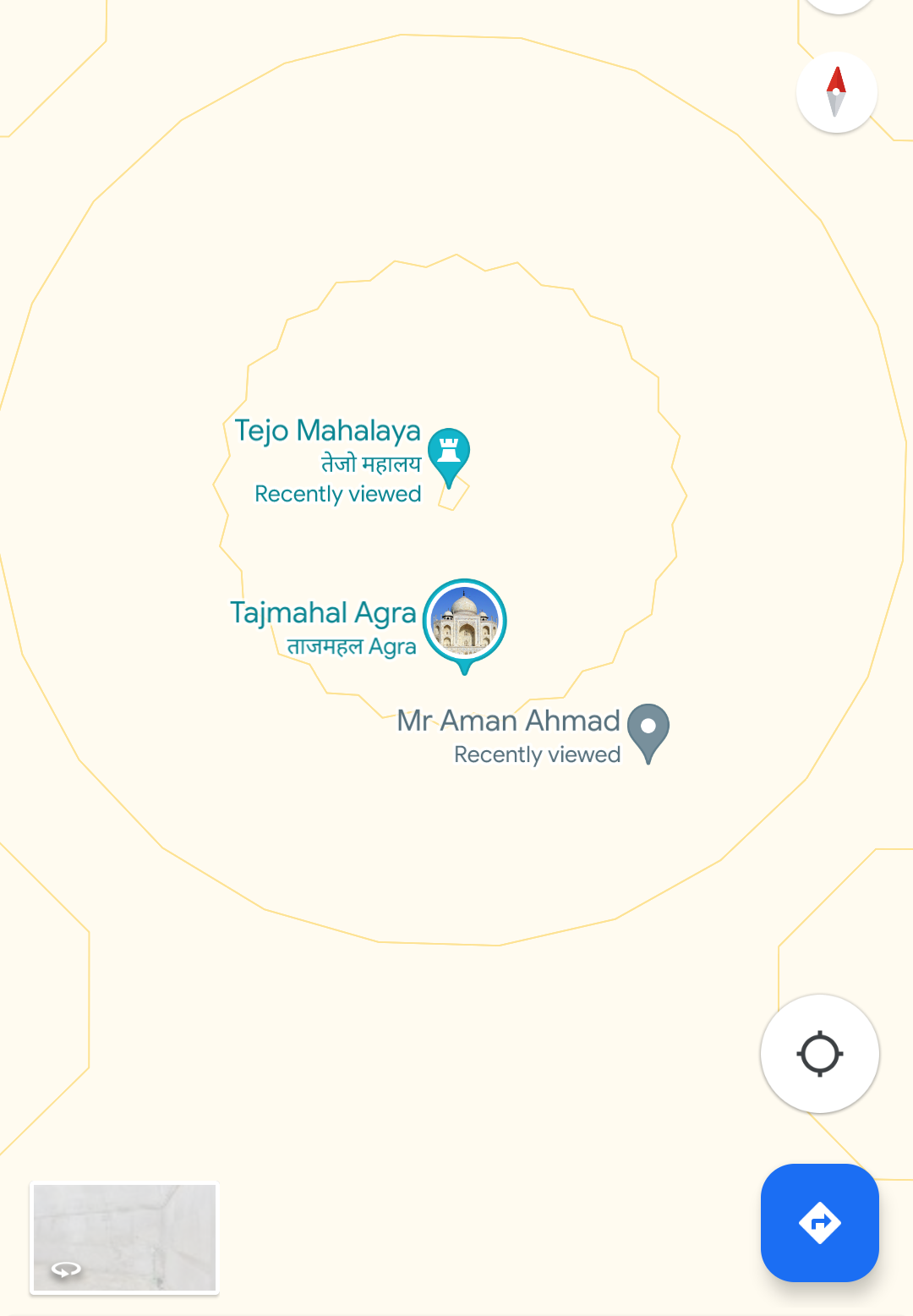
I find it a matter of pride that we at crowdsourced OSM were able to identify and revert such a major instance of online vandalism before a giant like Google, with all their supposed trustworthiness, authenticity checks and sheer size could.
This article is not to debate the propaganda behind the Taj Mahal or such, just consider this as a lament from a passionate cartographer. If such an instance could occur at a ‘wonder of the world’, imagine what all could happen elsewhere. Whatever your reasons, dear people, there is a lot of time and effort put into the creation of such a sizeable platform and database by a large number of passionate contributors. Kindly use the tools and opportunities made available to you for betterment, and not for spreading agendas or forcing your beliefs onto the world.
Read Also:
- Payarumanni Island Story
Any Comments on the article? Let me know @arkarjun or @ Medium.